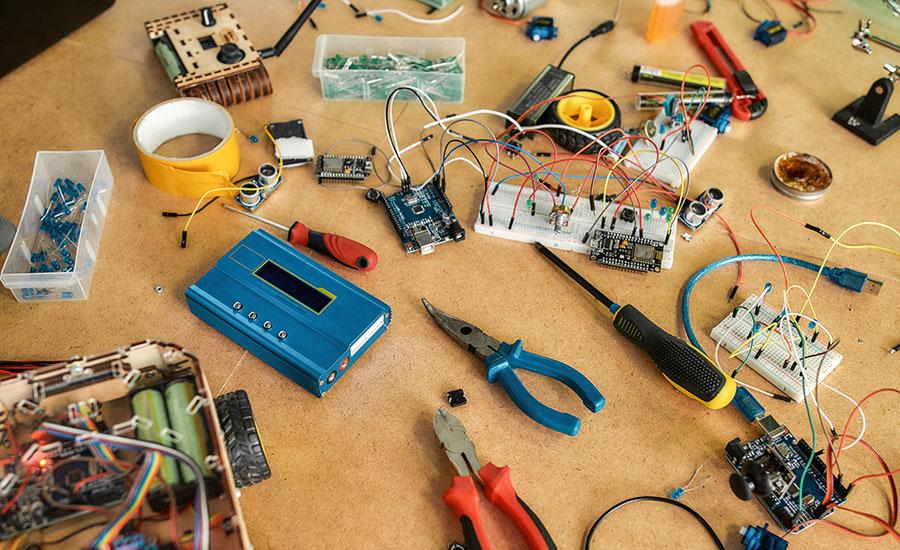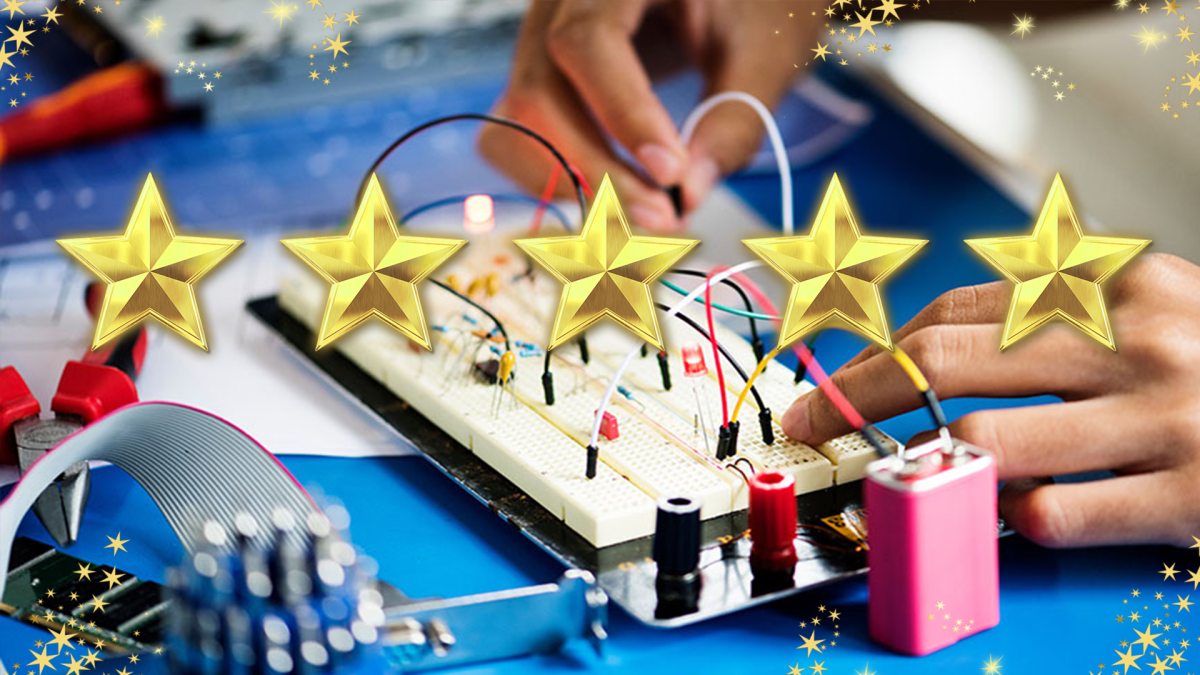In this lesson, students will understand the impact of oil spills in the ocean. They will work cooperatively to come up with solutions and materials to clean up a simulated oil spill. Students will
This is a STEM lesson embedded in ELA. The lesson will revolve around the "Giving Tree of the Desert", in order to facilitate learning as to what a plant needs to grow and thrive. The students will
The following lesson is an engineering design lesson, with the optional ELA or Math component. Students will use popsicle sticks to construct a Truss Bridge and/or an Arch Bridge. Students will
Designed for three hour-long STEAM Club meetings for scholars from kindergarten - fourth grade. This lesson plan can also be used for fifth-seventh grade scholars. Scholars will learn about
This lesson explores the role of pollinators in flower reproduction and provides examples of pollinators and flower characteristics that attract pollinators. This is the 2nd lesson in a series of 2
This lesson explores the parts of a flower, the importance of flowers, how flowers grow, and the process of pollination. Students are actively engaged as they learn about flowers and discover flowers
This is the second lesson plan that goes with the series of four lesson plans for the book Song for a Whale by Lynne Kelly. This lesson focuses on vibrations, sounds, and music. The final project is
This lesson includes activities to help build equitable background knowledge before reading the book A Song for a Whale by Lynne Kelly. These activities include setting up science notebooks, building
In this STEM Challenge, the student’s task is to listen/read the story "Not a Box" by Antoinette Portis and use their imagination to create their own unique designs and structures using simple
What are the parts of a plant? What is pollination? What parts are involved in pollination? What happens when a bee or another pollinator flies from flower to flower? Why is pollination important? How
Students will be creating their own testing station for sound waves! Each group will get 5 glasses and will put a different amount of water in each of the glasses. Then the students will tap the glass
Featured Lesson Plans
Check out these notable lesson plans.

This is a great opportunity to show students that coding can be a lot of fun, and it doesn’t have to be scary. Many high school students with little to no prior coding experience often automatically

A Shocking Dystopia: STEM Adventures in The City of Ember Part 4 of 4: Where the River Goes
This lesson is PART 4 of a four-lesson unit, which focuses on futures thinking, the phenomenon of electricity, closed-system agriculture, and water as a renewable energy resource. “The City of Ember”

A Shocking Dystopia: STEM Adventures in The City of Ember Part 3 of 4: A Problem in the Greenhouse
This lesson is PART 3 of a four-lesson unit, which focuses on futures thinking, the phenomenon of electricity, closed-system agriculture, and water as a renewable energy resource. “The City of Ember”
